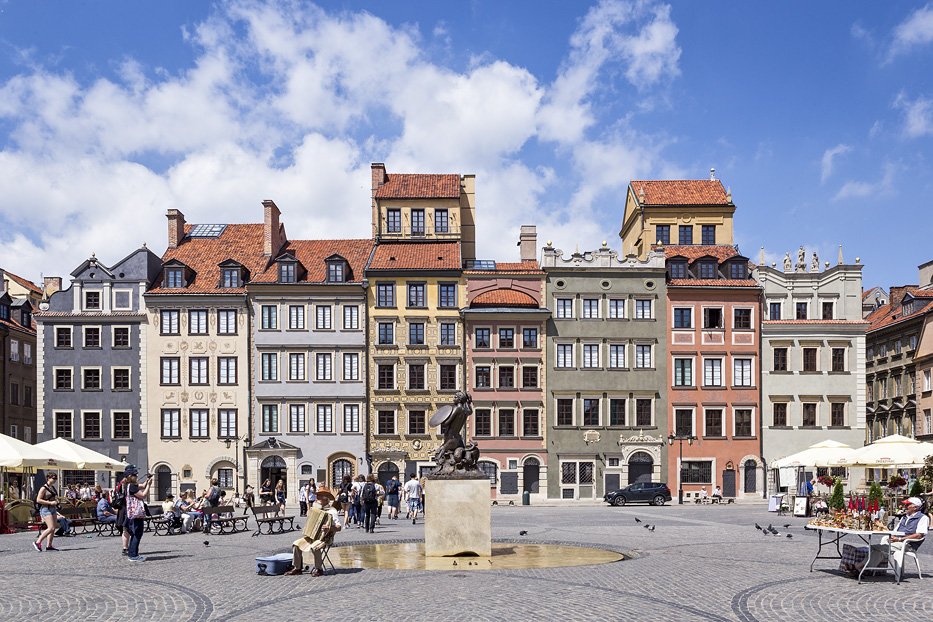
While such a mission would be ambitious for any city museum, the pursuit is made perhaps more precious and poignant given that this is Warsaw - a city that has struggled under foreign occupation for many decades of its history; the capital of a country that was wiped from the map for over a century, before being nearly wiped from existence itself and subsequently rebuilt from rubble. As such, the museum’s collection is a testament to the city’s very survival and an important manifestation of its continued perseverance through hardship. Although these everyday objects seem ordinary enough, the museum's excellent displays demonstrate how they can illuminate extraordinary stories of the city's history, heritage and people. A story as endlessly compelling and complex as Warsaw’s is certainly worth exploring on a deeper level, and today the Museum of Warsaw boasts 10 separate branches whose exhibits detail different aspects of the city’s history, in addition to organising and hosting various workshops, cultural activities and events throughout the year.
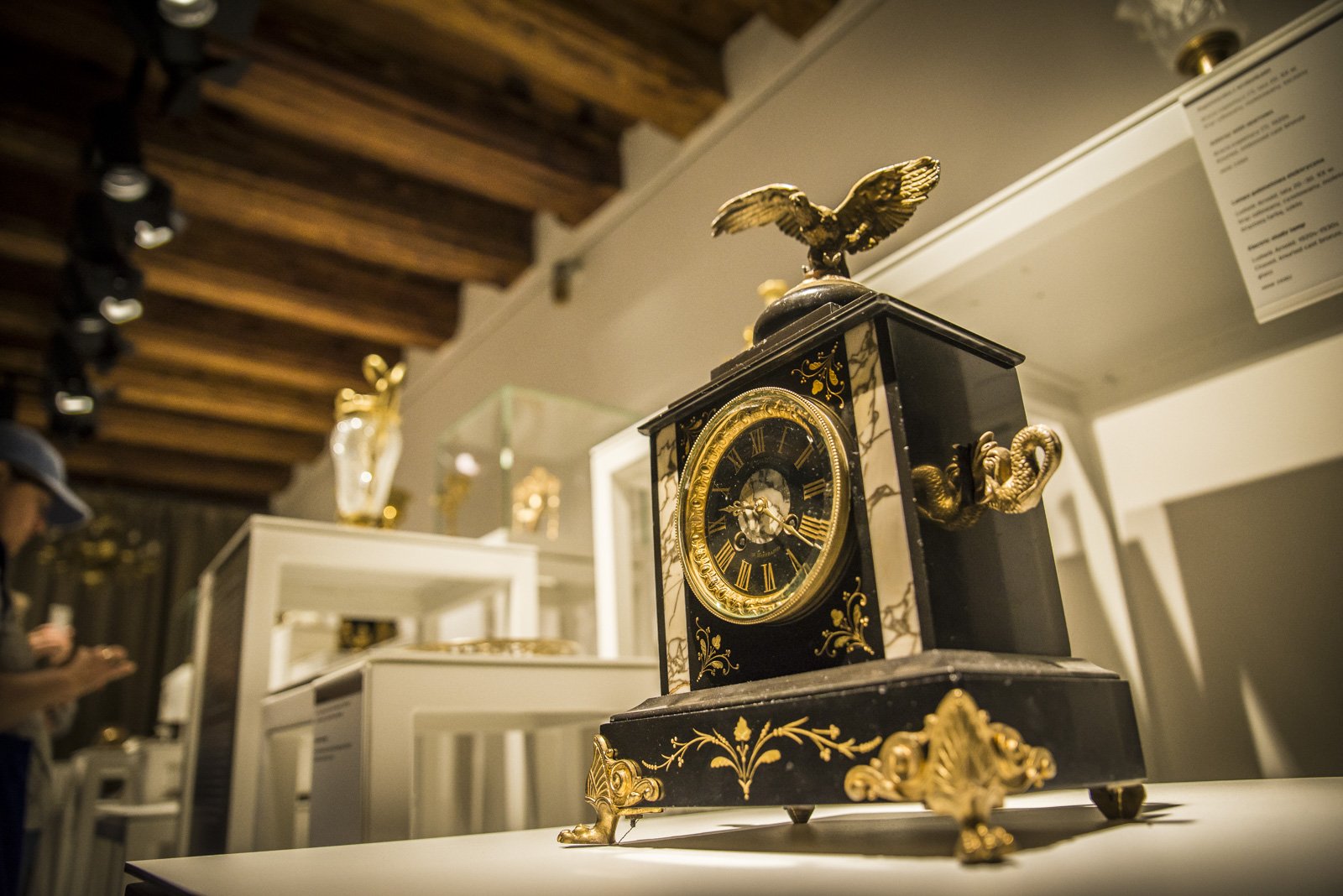
Museum of Warsaw History
As you might guess, many of the items on display inside the Museum of Warsaw’s main branch are directly linked to the destruction and rebuilding of the area it’s in - Warsaw’s Old Town - and so is the institution itself, in fact. Created in 1936 as a branch of the National Museum, the new museum had just a few short years before WWII hell broke out. This wasn’t enough time to put together even a single exhibition in the three Old Town Square tenement houses purchased to serve as the branch’s headquarters. Its collection - consisting mainly at that time of mementos from the old Town Hall (which had been demolished in the 19th century), objects from the city’s artisan guilds, and various artworks - had to be hastily stowed away in mildewy medieval cellars to save them from destruction.After the war, the fate of the museum and the entire Old Town - which had been reduced to ruin - was briefly in limbo: should a respectable communist state really rebuild the remnants of bourgeois yesteryear? Luckily, the answer turned out to be yes. What’s more, the former National Museum branch became its own independent institution and was allowed to take over eleven rebuilt Old Town tenements instead of the original three. The museum’s collection, however, had to be regrown nearly from scratch. Most of the items that survived wartime conditions and looting were taken back by the National Museum, and only 169 artefacts remained in the possession of the newly named ‘Historical Museum of the City of Warsaw’. In 1949, the first temporary exhibition opened for the public. It consisted mostly of artefacts unearthed from rubble during city rebuilding efforts, such as boxes upon boxes of smashed porcelain collected by municipal workers in exchange for vodka. In 1955 the museum unveiled its permanent exhibition, and its collection has been growing ever since, currently weighing in at over 300,000 items. Between 2014 and 2018 the museum’s headquarters was completely refurbished and the institution was given its current name, the 'Museum of Warsaw.'
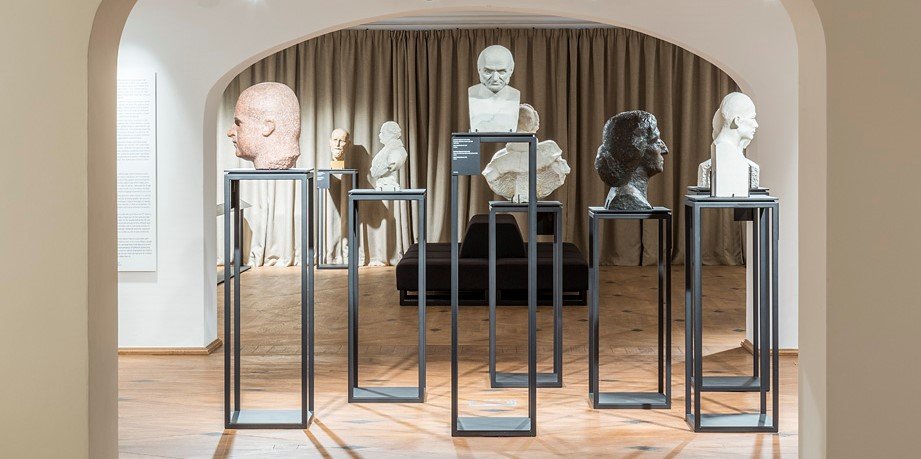
Old Town Square Headquarters, Core Exhibit
Hidden within the handsome tenements on the north side of the Old Town Square, the revamped core exhibit of the Museum of Warsaw is a sprawling labyrinth of original architectural elements, spiffy multimedia displays, and a carefully curated selection of over 7,000 ‘Things’ with a capital ‘T’ - items closely linked to the city’s history and identity. The exhibition is indeed called ‘The Things of Warsaw’ and spread out over 21 thematic rooms, our favourite of which are the Room of Warsaw Mermaids, dedicated to the city’s most enduring symbol, and the Room of Warsaw Packaging, filled with surprisingly beautiful empties designed in a range of once in-vogue styles like Japonisme, Art Deco and Art Nouveau. Beyond these, there are delights to be found all over, from exquisitely-decorated chamber pots to demonic-looking cherub heads to a fragment of the old Grand Theatre, sadly smashed to pieces during a WWII air raid.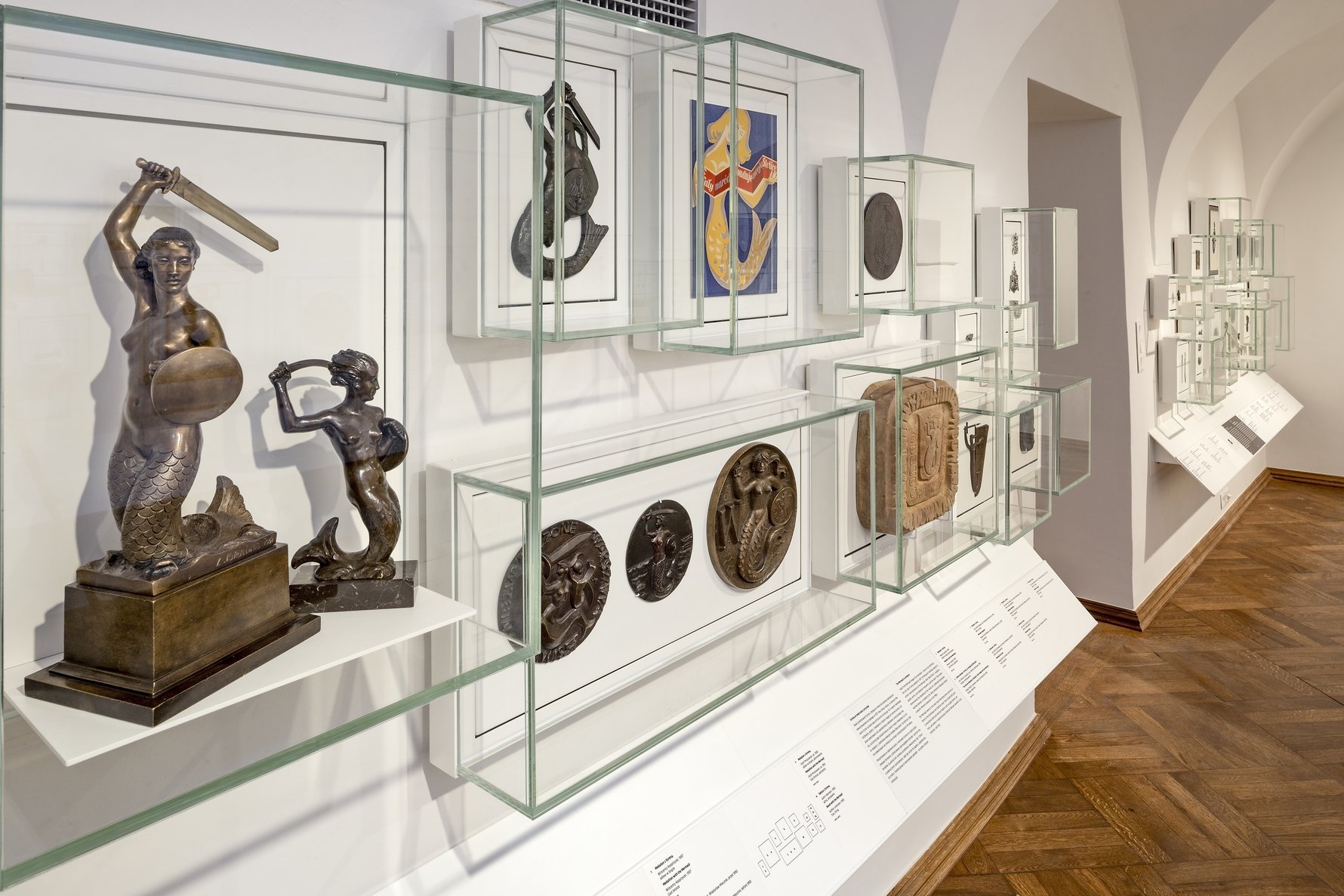
Those with truncated attention spans should take note of a specially marked route that guides visitors to the most interesting artefacts relevant to the post-war reconstruction of the city during the PRL era. Along the way you’ll find, for example, memorabilia commemorating the completion of the Warsaw W-Z Route, the first major road-building project in communist Poland. This was an undertaking so grand that it even inspired the name of a dessert, a chocolate sponge layered with whipped cream called ‘wuzetka’ (the 'W-Z cake’). Elsewhere, you can get stared down by a portrait of a characteristically dejected-looking Chairman Bierut, the first communist leader of Poland, with a bustle of construction work in the distance. There are many more items on the route (with detailed descriptions on the museum website), so be sure to keep an eye out for orange stickers if you want to geek out to Eastern Bloc history specifically.
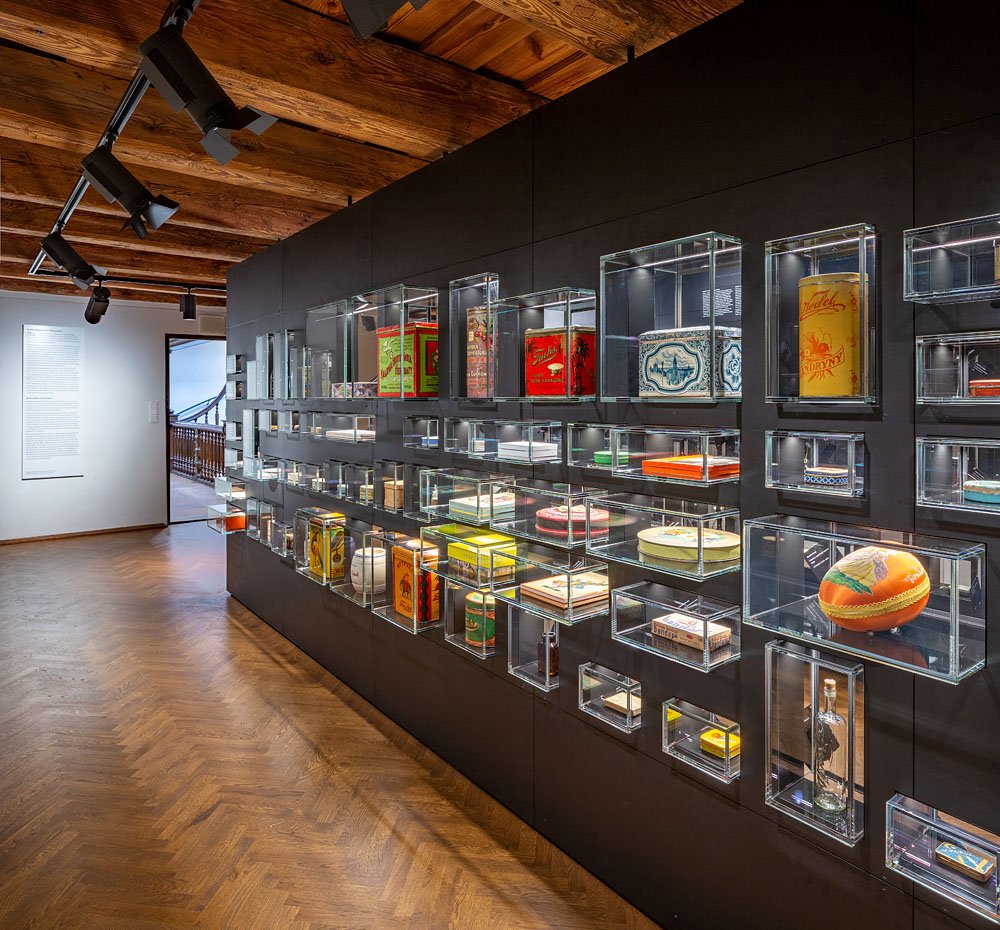
‘The Things of Warsaw’ exhibit is supplemented by two other permanent exhibitions in the same space: ‘The Data of Warsaw’, which tells the city’s story through numbers and thoughtful infographics, and ‘The History of the Old Town Houses,’ dedicated to the museum headquarters. Inquisitive types are encouraged to take advantage of the museum’s thorough audio guides, which discuss all three exhibitions in detail. Unfortunately, current COVID restrictions mean that the museum is unable to hand out headsets, but visitors can play the audio on their own phones, if they have an internet connection (or download it ahead of time, if they’re that type of prepper). Prefer video? No problem, the museum has its own small cinema, where you can watch the 20-minute documentary 'Warsaw Will Not Forget' on demand (and some other films on the weekends). Finally, on the top floor you’ll find the best viewpoint in the Old Town.
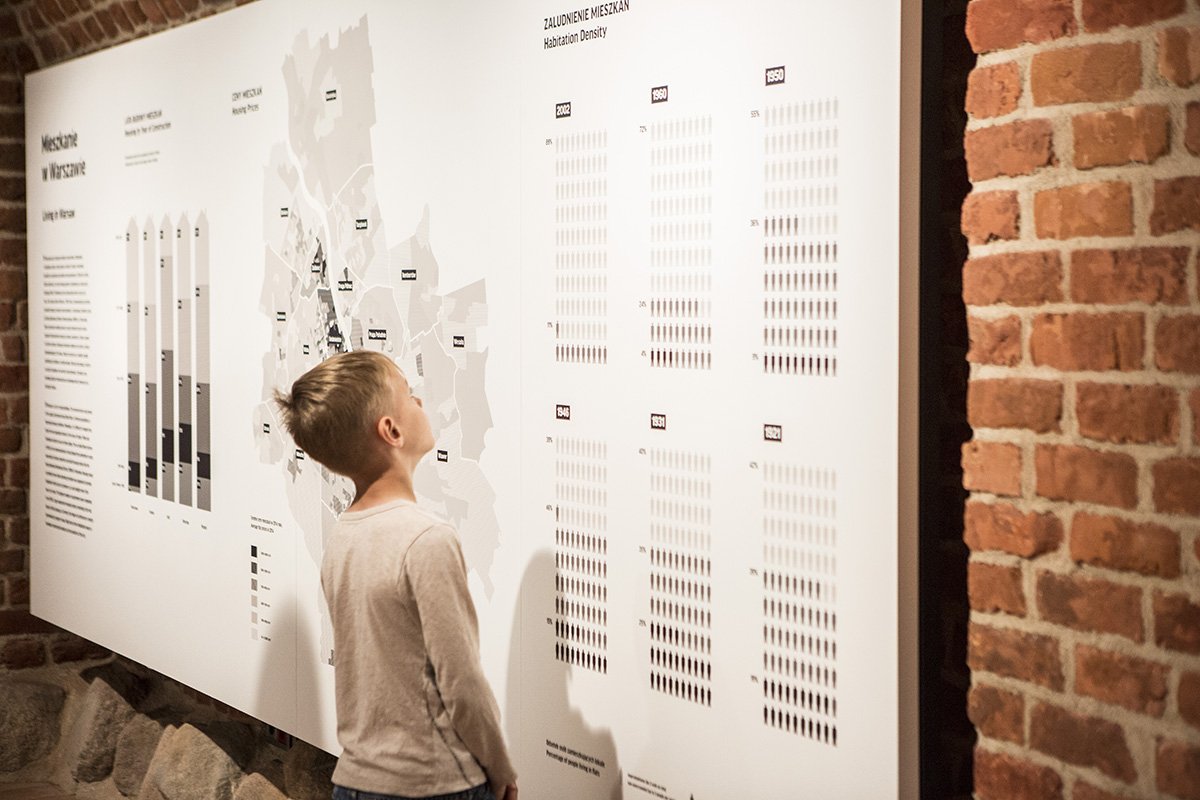
Branching Out: All Museum of Warsaw Locations
That by itself should seem like plenty to enjoy, but there is actually a lot more: the museum has 9 other branches scattered around the city and surroundings. Several are located just a stone’s throw away from the Old Town Square. One of these is the Old Town Heritage Interpretation Centre, which focuses almost entirely on Warsaw’s destruction and reconstruction. This multimedia exhibition is a great complement to what you will see in the main part of the museum. Another is the Museum of Pharmacy, named after Antonina Leśniewska, a Warsaw native who fought for the right of women to become pharmacists. Here you can view a selection of old-timey pharmaceutical paraphernalia, furniture, and advertisements. A bit to the northwest is one of Warsaw’s must-see attractions, part of the (reconstructed) 15th-century fortifications: the Barbican. Inside you’ll find a small exhibition about the history of the city walls.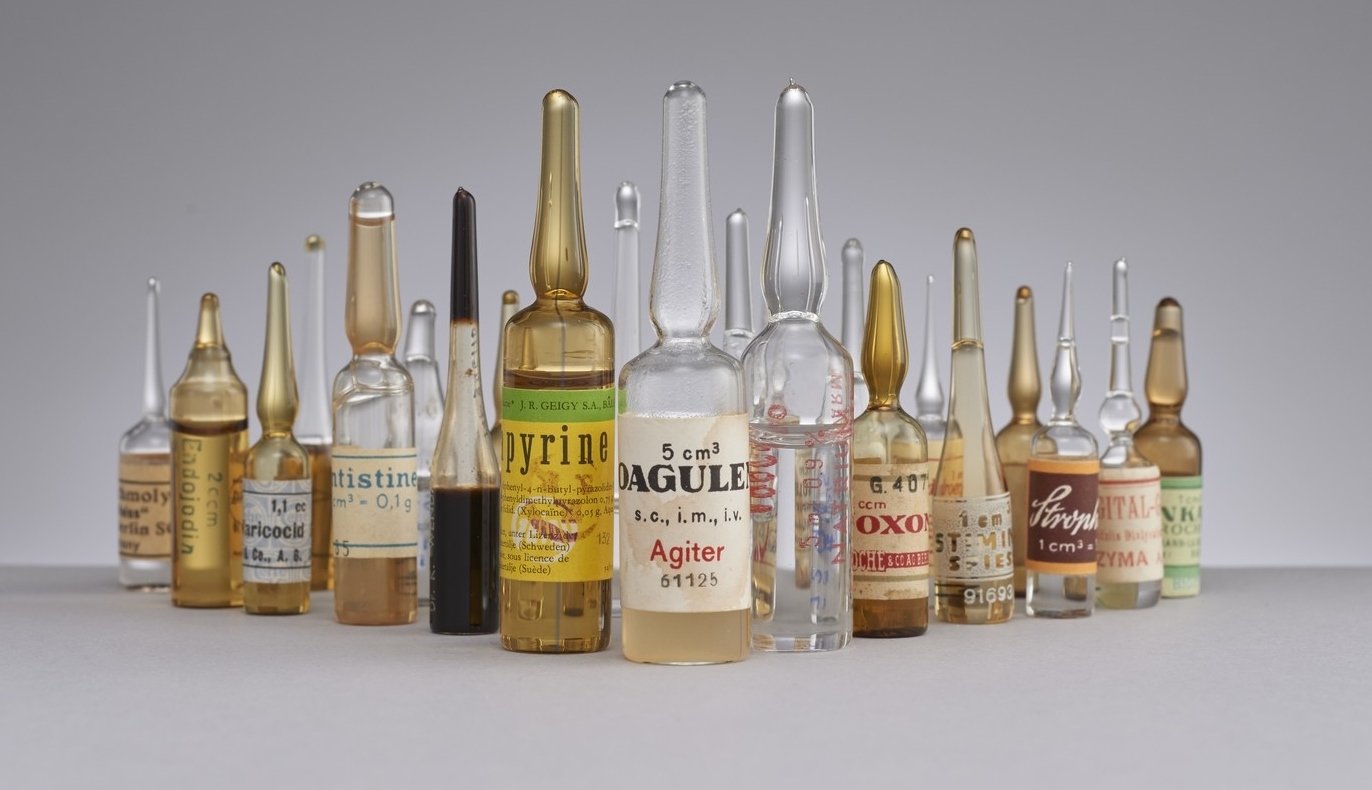
At the very edge of the Old Town is a treat for those who are simultaneously into military and religious history: the Museum of Field Ordinance. This surprisingly modern branch delves into the history of Poland’s military ordinariate, a religious institution within the armed forces headed by a ‘field bishop’. Of perhaps wider appeal are two branches dedicated to specific Warsaw districts: the Wola Museum and the Praga Museum. While in Wola, you can walk past another museum acquisition, the Korczak Orphanage, and read up on its fascinating history (unfortunately the exhibition is temporarily closed due to the pandemic). On the Praga side of the river, you will find the small Museum of Printing, a homage to printing, bookbinding, and publishing throughout the ages. Lastly, WWII buffs should consider taking a bus out to the middle of the Kampinos National Park, where the Palmiry National Memorial & Museum recounts the tragic story of the Palmiry massacre, during which more than 1700 Poles and Jews were executed by the Nazis.
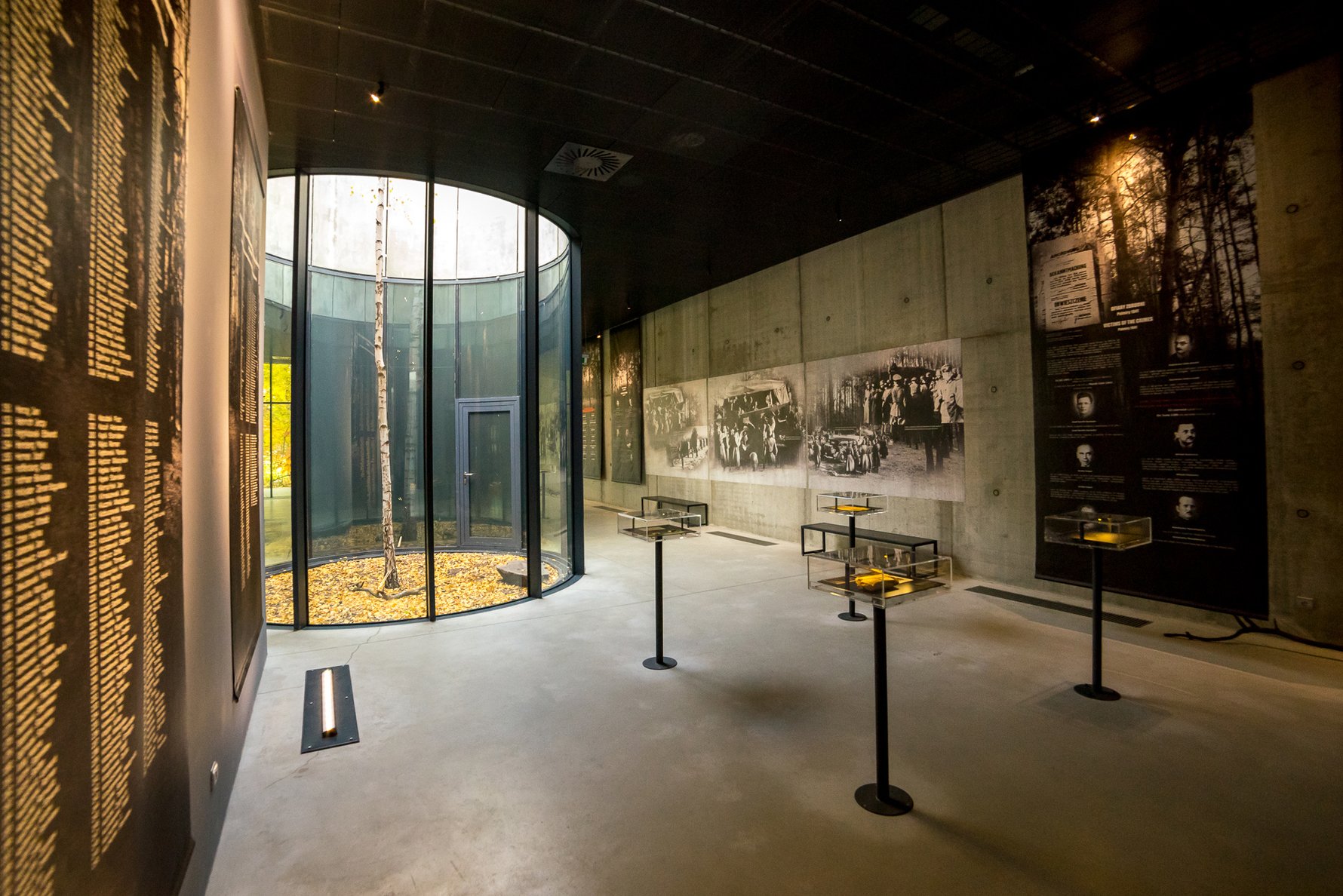
Tickets & Visiting
Follow the links above or at the end of this article for updated information about the ticket prices and opening hours of each individual branch, or visit the Museum of Warsaw website for complete information. Tickets can be purchased online, and unfortunately the many options are too nuanced for us to detail here. Worth noting, however, is that the core exhibit of the Old Town Square headquarters is free on Thursdays.Events & Exhibits at Museum of Warsaw
Although COVID-19 has undeniably thrown a wrench in the usual order of things, the Warsaw Museum continues to soldier on, not only adapting to the crisis to keep their various branches safe and open to the public, but also organising interesting temporary exhibitions and special events - including workshops, meetings, lectures, concerts and more - both online and in-person.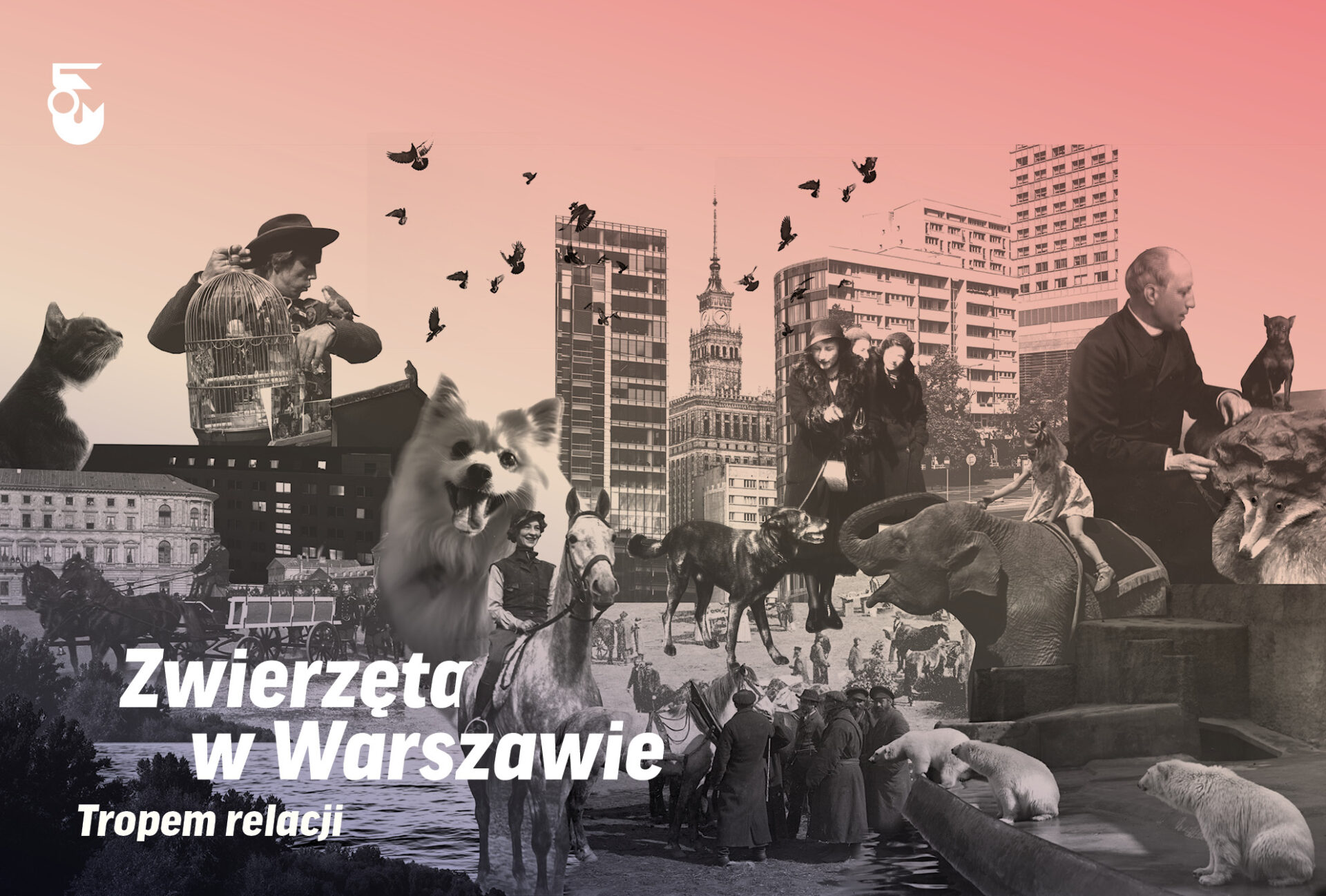
For up-to-date information about current exhibitions and upcoming events in all of their various branches, check the Museum of Warsaw website and Facebook page.





Comments